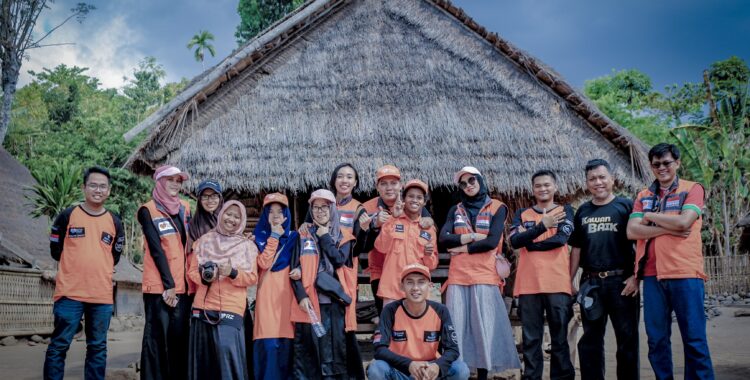
We need to learn how to communicate and tell stories with data, something that isn’t tackled in the education system. Doing so effectively is predicated on spotting patterns, which will be the focus of this instalment of Data Literacy Mindsets.
Early on in our education, we learn how to speak, read, write, and tell stories. We gradually understand there are specific patterns you see in movies and screenplays that build up to a climax. There’s always an antagonist, a hero and a resolution.
At school, they also teach you about math; additions, subtractions, divisions, and statistics. But when we marry the two, many of us don’t have the same aptitude. After all, doing math and understanding data can only take you so far in a professional environment. We need to learn how to communicate and tell stories with data, something that isn’t tackled in the education system. Doing so effectively is predicated on spotting patterns, which will be the focus of this instalment of Data Literacy Mindsets.
What does it mean to communicate with data?
Communicating with data is a method of delivering messages derived from data analytics. When done well, disseminating this information is done in a way that allows the audience to quickly and easily assimilate the material, understand its meaning, draw conclusions from it, and act/change as a result of it.
Crucially, this is not just for data analytics experts. Data is facts and numbers, but also information and evidence. Because data comes in all shapes and sizes, there are also different types of communication and stories in the workplace.
Why is coherent data communication important?
Data is used to deliver a wide range of messages. Sometimes, it is used to transmit values to the organization, customers or team to understand and use. Communicating data in the right way can help foster collaboration among groups that need to work together. In a learning environment – whether at school or in the workplace – it’s common to use stories as a more digestible way of communicating data and sharing knowledge. This isn’t just about what we know but also things we’ve done, where we’ve made mistakes and what we’ve learned from them.
Three key components of communicating with data
When using data to communicate, there are some key tenets to keep in mind to ensure it is conveyed effectively:
- Raw data: the information you use doesn’t have to be something you think of as traditional statistics or descriptive analytics. Data could also be qualitative evidence.
- Visualizations: visual elements help the audience and key stakeholders comprehend the data, even if the story is great. It’s much easier to see patterns in a visual line chart than in a spreadsheet table.
- Narrative: most important of all is creating a narrative or story that holds the communication together and makes it engaging.
These three components are closely intertwined. For example, the narrative or story adds context to the data, which helps explain to the audience what the data is and why it’s important. When you combine the data and visuals together, you enlighten the audience. When data is communicated in its basic format, it can confuse people and leave things open to interpretation. Pairing reliable data with a coherent narrative and a clear visualization will create those “aha” moments that engage the audience.
Just like any kind of presentation or communication, being clear and concise is most effective. But where data is concerned, that’s only possible if it is contextualized and positioned within a narrative that facilitates audience understanding.
For more information on how to upskill your data storytelling, visit Qlik’s Continuous Classroom to check out the courses and resources available.


